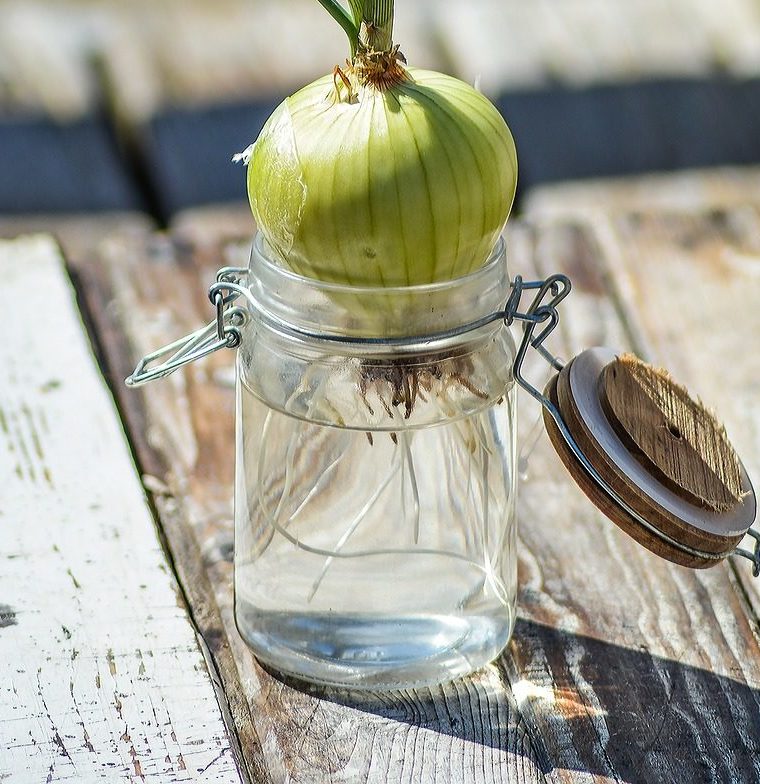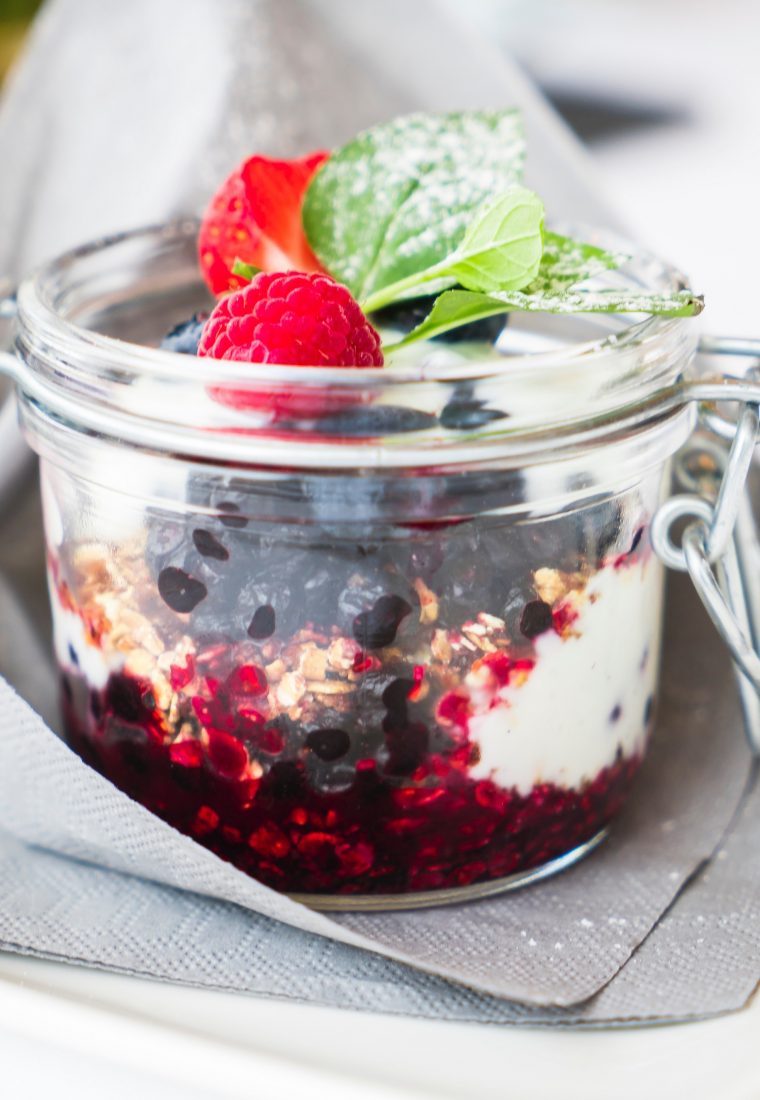How to Grow Vegetable Plants from Kitchen Scraps
Tossing your kitchen scraps into the compost pile is an effective way to repurpose them. But, at the risk of sounding like a homesteading heretic, composting is necessary and boring part of moving toward zero-waste. Sometimes, we like to have a little fun growing new plants from bits of vegetables, fruits, and herbs. Also, kids really enjoy learning how to grow plants from kitchen scraps, too. We use some plants as a source of fresh produce. Others we only enjoy as free houseplants. Organic produce is best for these projects. Frequently, commercial growers treat conventional produce with chemicals that prevent sprouting. To get you started, this is How to Grow Vegetable Plants from Kitchen Scraps.
Green Onions or Leeks

Let’s start with the easiest scrap to grow. Next time you’re cutting leeks or green onions, save the bottom two inches of one. You’re going to put it in a glass with water. Only the roots need to be covered with water. Change the water every couple of days. When the plant has at least four inches of new growth, you can harvest the new growth and leave the roots to grow another plant.
Basil

You also can use a glass of water to start a basil plant. You need a cutting about four inches long that hasn’t flowered. An inch or two of water in your glass is enough. Remove any leaves that would be below the waterline. Grow the cutting in a sunny spot. The water needs to be refreshed at least every three days.
It may take up to a month for your cutting to grow a couple of inches of roots. Once you see that root growth, your cutting is ready to be planted in the garden or a pot. It needs about 6 hours of sunlight every day. You can harvest leaves as soon your plant is at least six inches tall. Always pinch flower buds as soon as they appear.
Sweet Potato

You need half of a sweet potato, toothpicks, and a glass with water. If you have a sweet potato that’s too old to eat, great! You can grow a plant with each half.
The toothpicks are going to hold up the sweet potato in the glass. After you cut the potato in half, evenly space three or four toothpicks around the potato. Place the sweet potato cut side down into the glass. Leave your sweet potato in a sunny window. For those of you who want to grow a houseplant, remember to change the water a couple of times a week and that’s it.
You have a little more to do to grow sweet potatoes. After a few days, sprouts should appear. When the sprouts are at least four inches long, gently twist them off. Put each one in its own container of water. Once a sprout has one to two inches of roots, it’s ready to be planted in the garden. Harvest time comes in about five months.
Bell Pepper

It’s easy to grow peppers from seeds. You can gently brush the seeds away from the membrane with your fingers. Although pepper seeds can be planted directly into your garden, starting seeds indoors makes them more likely to thrive outdoors.
Start your seeds in a pot or clean container you’ve repurposed. You can plant up to three seeds per container. Pepper seeds need a sunny spot and moist soil. The seedlings can go in the garden when they’re about three inches tall.
More Creativity with Kitchen Scraps
This is just the beginning. We hope these projects have inspired you to experiment with your kitchen scraps. Since they’re free, the only thing you’re risking is your time. Even when you don’t manage to grow free produce, you could end up with a beautiful (free) houseplant. Before you know it, you’ll be able to tell someone else how to grow plants from kitchen scraps.



